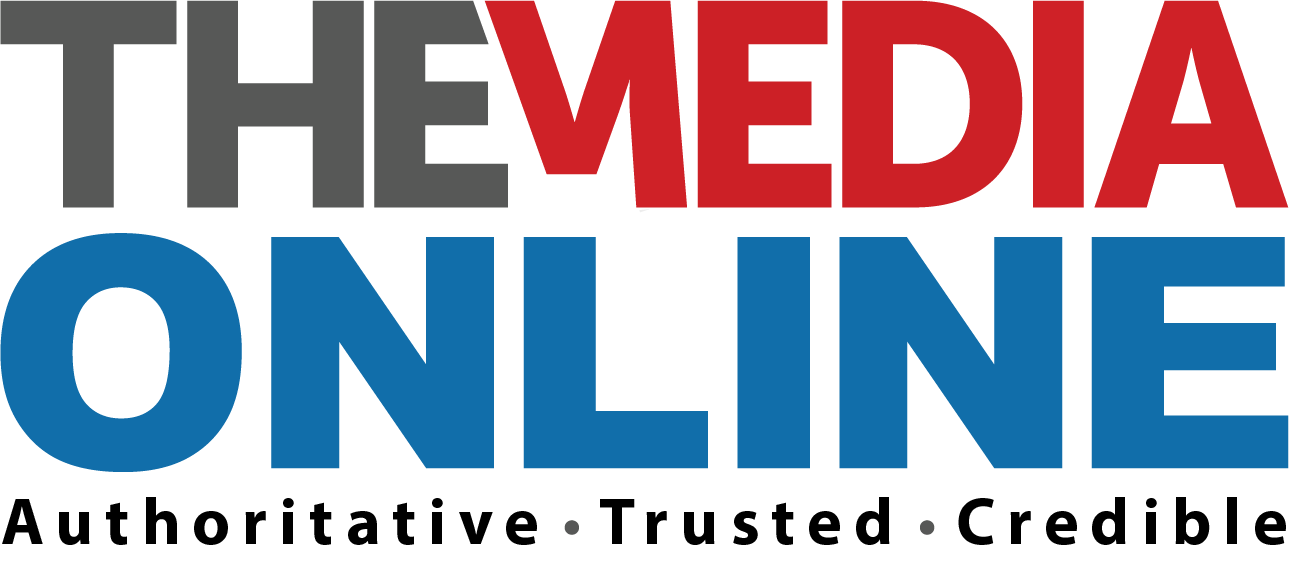I heartily applaud TV companies for working so hard over the past few years to bring a more digital-like approach to how they sell advertising, whether it is embracing automation, scaling household-level addressability, or selling campaigns based on audience and outcomes at scale. For the most part, digital-born approaches can only make the TV ad world better.
However, there is at least one element of the digital ad ecosystem that I hope never finds its way into either TV advertising or its sibling, premium OTT: header bidding.
Header bidding is a technique where digital publishers give one or more demand platforms a first look and bidding opportunity for audiences and impressions on their pages before they are passed to the open exchanges. Theoretically, publishers get a ‘better price’ for giving a select few platforms positions at the top of their impression waterfalls.
Of course, with the ‘look’ comes the chance to see every impression at the person and page, with the capacity to test them in real time to learn pricing.
Yep, they give away the cow to sell their milk at a slightly higher price that day.
Why do publishers do it? In digital advertising, where supply dramatically exceeds demand, publishers are hostages of the buying platforms and will do a lot to get bought, even if it means giving up much strategic data in the process.
Ironically, in a classic Stockholm Syndrome, many actually think the platforms holding them hostage are really doing them a favor. Go figure.
In reality, header bidding is just a way for digital ad platforms to vacuum up data on publishers’ users, their behaviours and their inventory pricing without having to pay much or anything for it. In the end, the ‘better pricing’ is a deal with the devil.
Without question, some digital folks are hoping to do the same thing to TV and premium OTT. I believe that they will fail, though. Here are a few reasons why:
Demand versus supply. In TV advertising, demand exceeds supply, unlike in most of the digital ad world. Inventory scarcity is why the bulk of TV ad budgets are committed in a futures market — the upfront — rather than only in the last few milliseconds, like much of digital.
In TV, ‘unsold’ availability data and final pricing are sacrosanct. Most web publishers so desperately need more money — any money — that they have no choice but to let buyers know what is unsold and what it can be purchased for.
Not so in TV, where inventory is always managed as precious and scarce. Everything is ‘sold out’ (unless, of course, someone else wants to pay more). And nothing is more closely guarded at TV companies than the final sale prices of spots.
Give away your customer data, give away your future. Just look at AOL and Google. When AOL was mature and big and Google was nascent and little, AOL made Google its default search engine in exchange for some extra short-term revenue. It introduced Google to all of its customers, it let Google learn what its customers wanted — and, over time, most of those users stopped going to AOL for search and went directly to Google.
What do you think? Should TV companies adopt header bidding?
This story was first published by MediaPost.com and is republished with the permission of the author.

Dave Morgan, a lawyer by training, is the CEO and founder of Simulmedia. He previously founded and ran both TACODA, Inc, an online advertising company that pioneered behavioural online marketing and was acquired by AOL in 2007 for $275 million, and Real Media, Inc, one of the world’s first ad serving and online ad network companies and a predecessor to 24/7 Real Media (TFSM), which was later sold to WPP for $649 million. Follow him on Twitter @davemorgannyc














